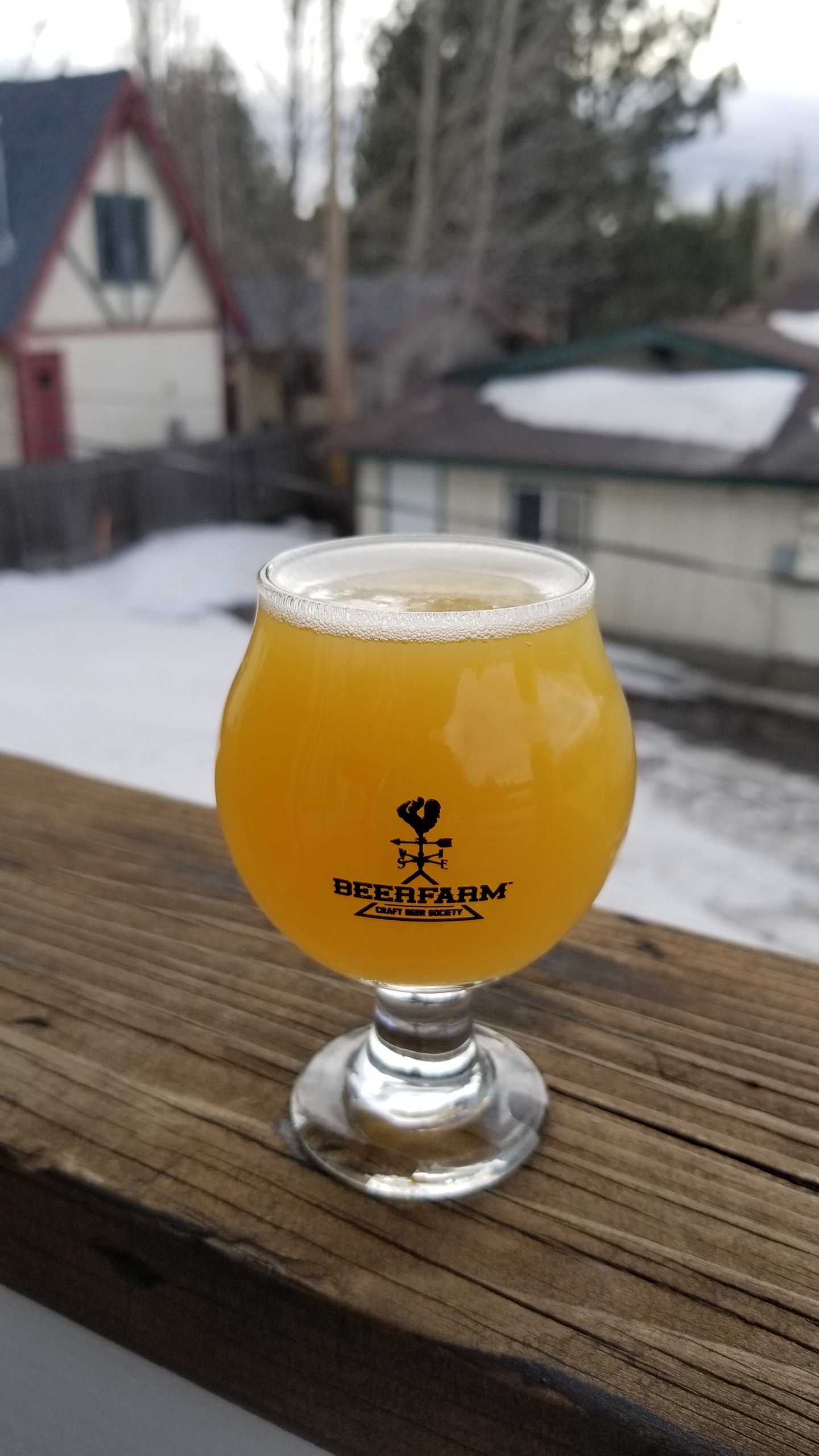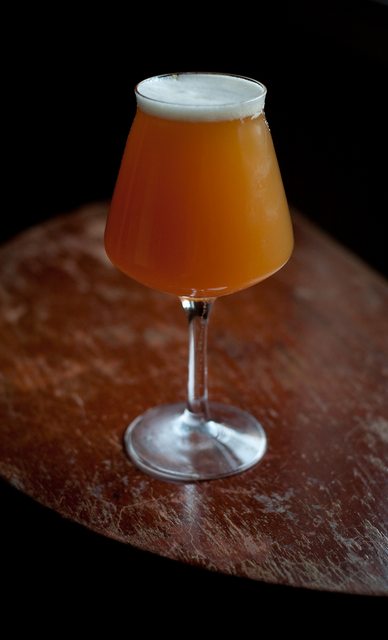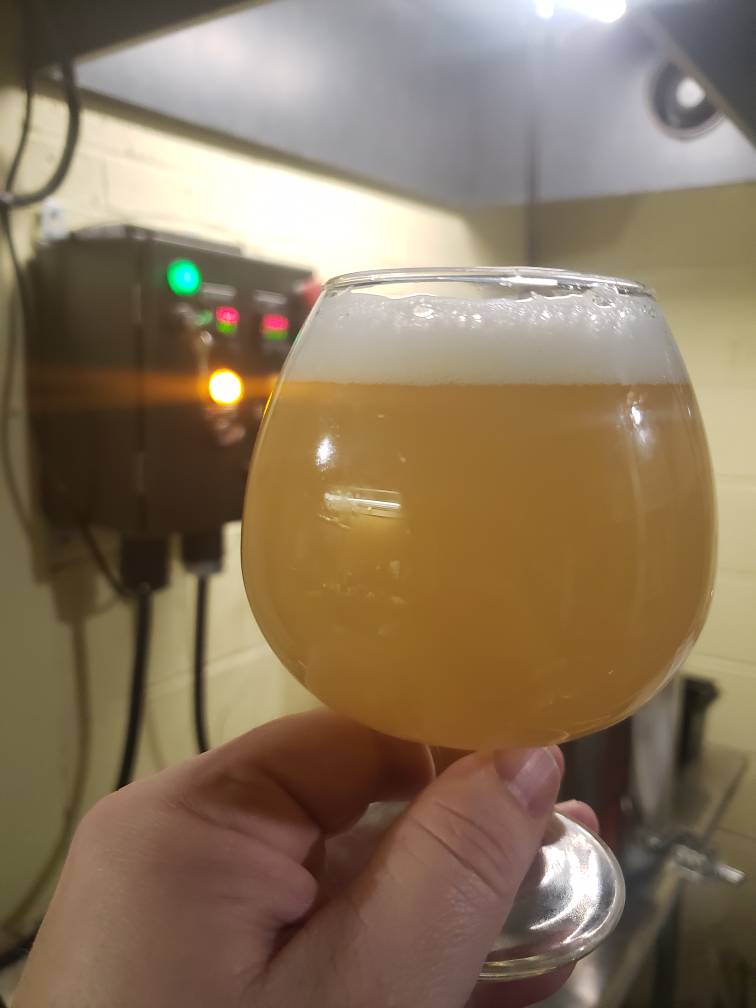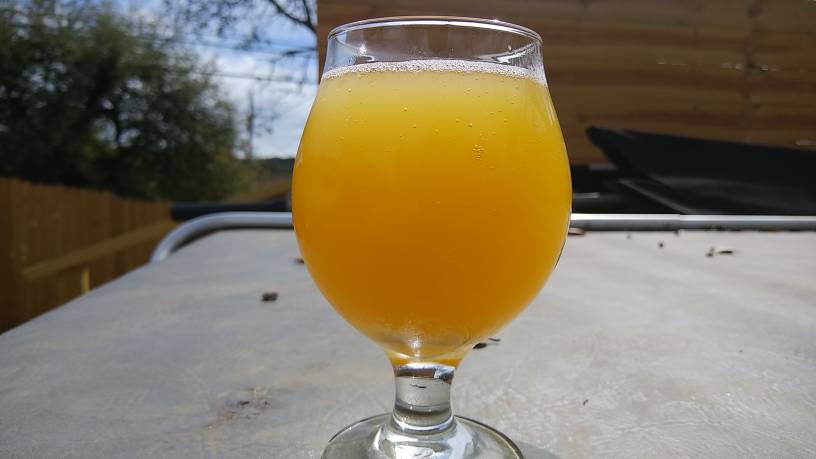Loud Brewing
Well-Known Member
This is my attempt at the braufessors most recent recipe. Turned out well ballanced and quite delicious. I like the 6oz whirlpool and the 6oz dh, makes it easy and good ballance between the 3 hop varieties at the 3-2-1 ratio.





















![Craft A Brew - Safale BE-256 Yeast - Fermentis - Belgian Ale Dry Yeast - For Belgian & Strong Ales - Ingredients for Home Brewing - Beer Making Supplies - [3 Pack]](https://m.media-amazon.com/images/I/51bcKEwQmWL._SL500_.jpg)









































